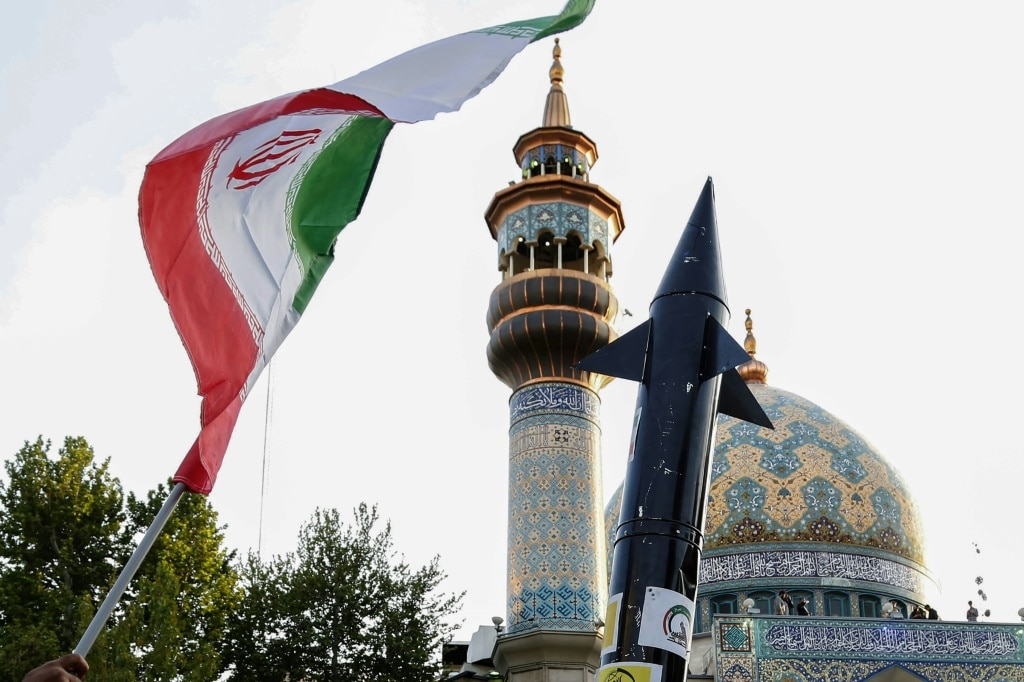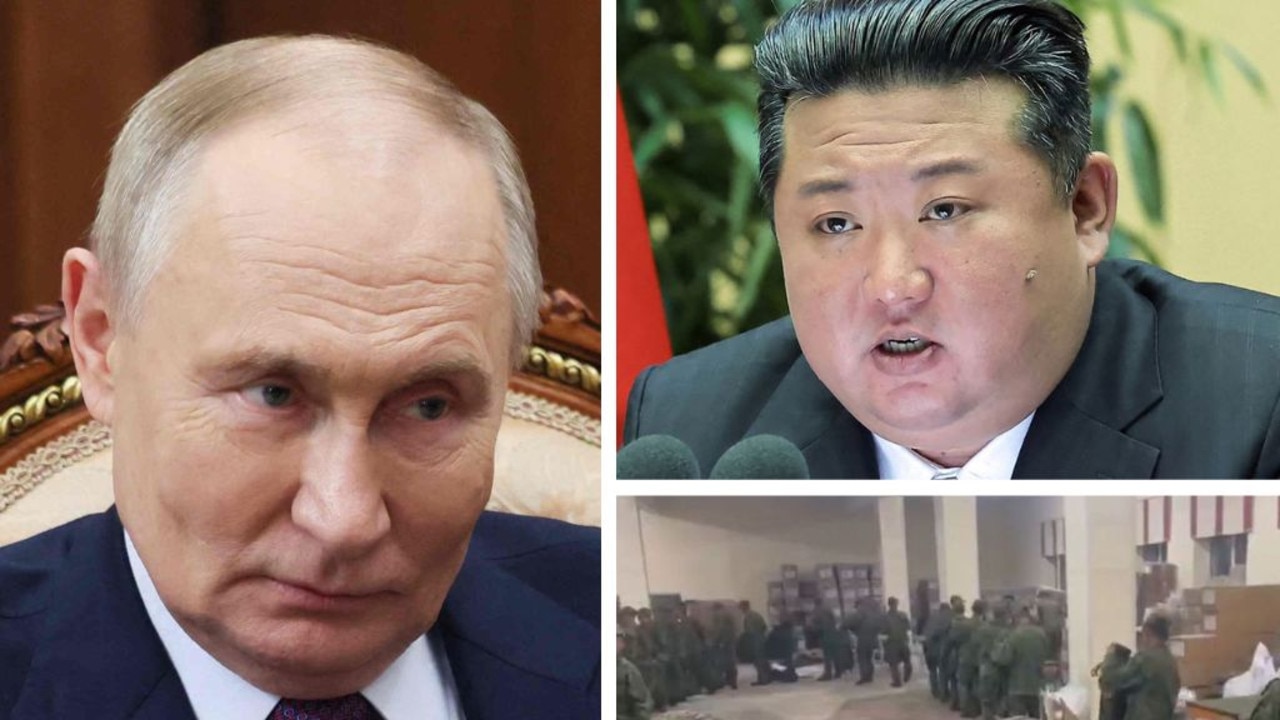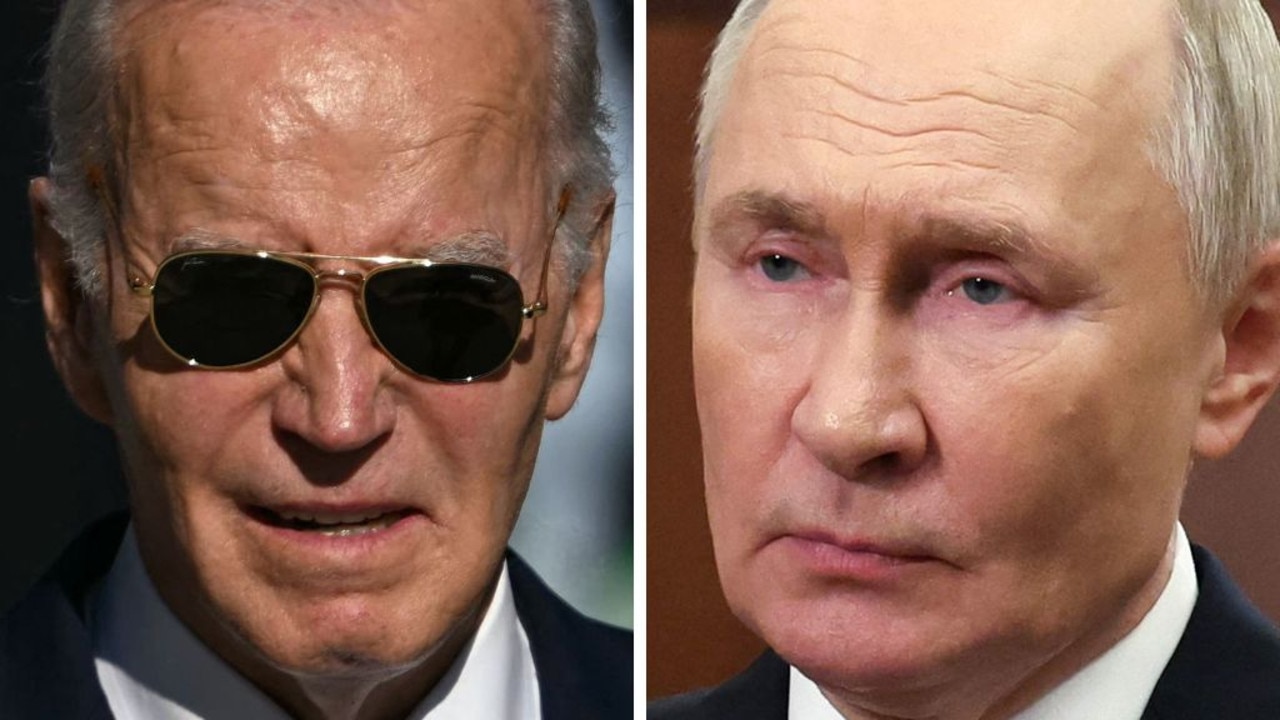‘Critical next few hours’: What we know about Israel’s retaliatory strike on Iran
Little is known of Israel’s retaliatory strike against Iran today. But one expert has warned “the next few hours are critical”.
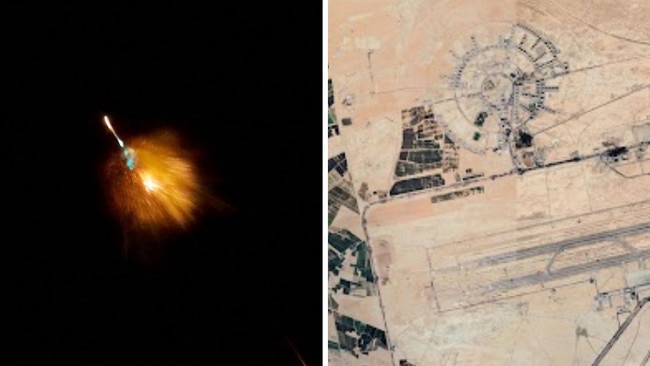
World
Don't miss out on the headlines from World. Followed categories will be added to My News.
ANALYSIS
Was that it?
Little is known of Israel’s retaliatory strike against Iran today. Prime Minister Benjamin Netanyahu’s government has refused to comment so far.
But reports coming out of Iran report the sound of three heavy explosions near the central Iranian city of Isfahan.
That’s significant as it is the site of a controversial refining facility suspected of producing nuclear-weapons-grade uranium. And it’s one of Iran’s best-defended sites.
Tehran’s state-controlled media is playing down the incident.
It’s reporting three intruding drones were tracked near the central Iranian city of Isfahan, some 450km from the capital, Tehran, at about 12.30am local time.
The Fars News Agency adds that three explosions and anti-aircraft gunfire were observed in the direction of Isfahan’s International Airport – which also hosts several squadrons of Iran’s F-14 “Tomcat” fighters.
The uranium processing facility was reportedly untouched. Instead, the media reports suggest an air-defence radar site may have been the intended target.
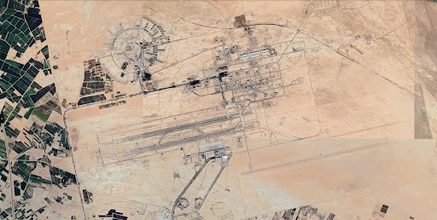
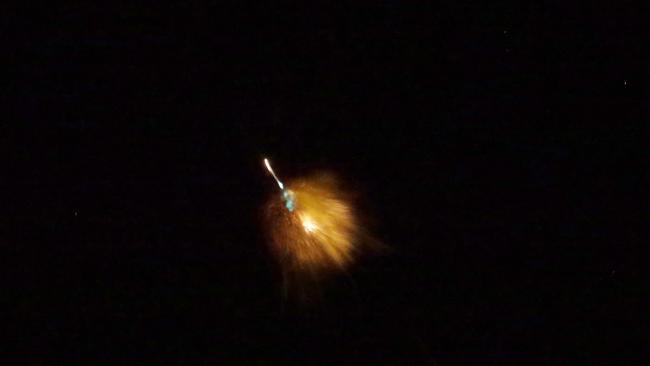
Whether this strike is the sum total of Israel’s retaliation is unknown.
Some analysts speculate an attack on Isfahan’s radar facility and air defence squadrons could be a move to prepare the way for a larger follow-up strike.
Others say the strike appears to have been a measured and proportional response.
Iran’s mass missile and drone attack last weekend appeared aimed at Israel’s strategic Nevatim Air Base. Only four out of 120 ballistic missiles made it through Israeli and US defences. One hit a taxiway near a runway, reportedly damaging a C-130 Hercules transport aircraft.

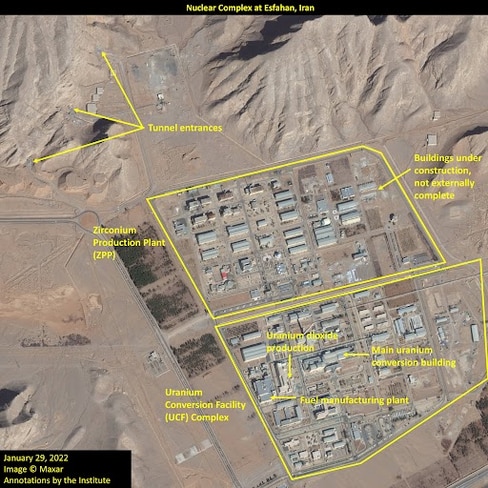
Today’s attack, in contrast, demonstrates Israel’s ability to reach into the heart of Iran with much less effort. Israeli F-35 Lightning stealth fighters or low-profile drones could have carried out this attack.
But a US military source has told Fox News that Washington had been warned in advance of the strike, that it was intentionally “limited” in scope, and not carried out by piloted aircraft.
Fog of war
All reports coming out of Iran are from sources controlled by the theocratic government. This means the true extent – and success – of Israel’s attack cannot yet be determined.
Iran’s government space agency spokesman Hossein Dalirian insists the strike was a “failed and humiliating attempt” to use “quadcopters” to attack Isfahan’s 8th Tactical Fighter Base.
He provided no evidence to support the claim. And the image he posted in a separate supporting tweet was of a commercial device incapable of flying more than a few hundred metres from its controller or carrying even a light load.
میگÙتن 500 تا پهپاد انتØاری Ùˆ موشک به سمت ما شلیک شده Ùˆ اسرائیل تØت بزرگترین Øمله پهپادی جهان قرار گرÙته
— Hossein Dalirian (@HosseinDalirian) April 19, 2024
Øالا اون عملیات رو با 3 تا از این کوادکوپترها خواستن جواب بدن Ú©Ù‡ هر سه‌تاشون سرنگون شدن 😂😂
تازه میگن به آمریکا هم خبر ندادن قبلش :) pic.twitter.com/bdsE4l1gls
However, an Isfahan production facility was attacked by small short-range drones in January of last year. The Jerusalem Post reports these had been smuggled into Iran by Mossad operatives before being assembled and launched against a facility producing the Shahed-136 cruise missile drones used by Russia in Iraq and Houthi rebels in the Red Sea.
All Iranian media outlets insist no significant damage was done in or around Isfahan. The Fars agency, run by the Islamic Revolutionary Guards Corps, says several office building windows were broken by blasts. But all commercial flights into and out of the international airport were diverted.
Unconfirmed reports out of Israel also suggest small drones may have conducted an attack in the city of Tabriz, some 800km northwest of Isfahan.
An end to tit-for-tat?
Israel’s low-scale, low-profile attack stands in stark contrast with Iran’s assault.
But the outcome is – perhaps pointedly – similar.
If it ends where it stands.
Israel’s attack came hours after Iran’s Foreign Minister warned: “In case the Israeli regime embarks on adventurism again and takes action against the interests of Iran, the next response from us will be immediate and at a maximum level.”
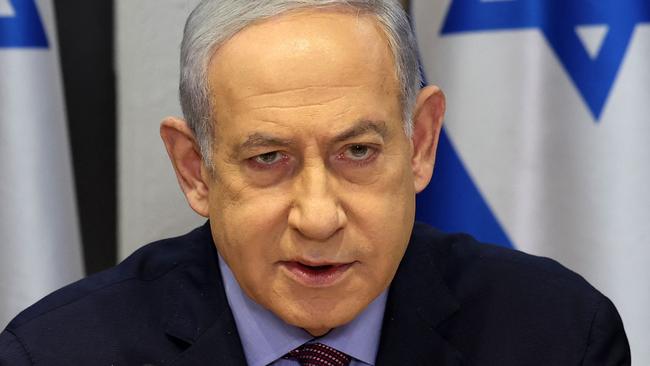
And Prime Minister Netanyahu’s far-right coalition partner Ben-Gvir tweeted a single-word response to news of the strike – roughly translating to “feeble”.
But Israeli Atlantic Council think-tank defence analyst Danny Citrinowicz says the ball is now back in Iran’s court.
“If indeed this was all, Israel did the “necessary minimum” from its point of view to respond to the Iranian attack in an attempt not to drag the region into conflict while still demonstrating to Iran the seriousness of its actions”, he posted to social media.
“Much will currently depend on the official response of the leadership in Iran. An attempt to deny that there was an attack and to belittle it can indicate Tehran’s desire to “close the business”.
“On the face of it, this is what happened in the last few hours, but it is very early to tell.
“The next few hours are critical.”
Jamie Seidel is a freelance writer | @JamieSeidel
More Coverage
Originally published as ‘Critical next few hours’: What we know about Israel’s retaliatory strike on Iran



